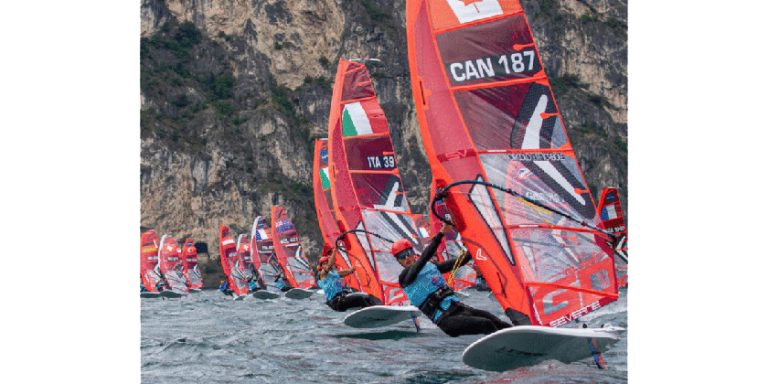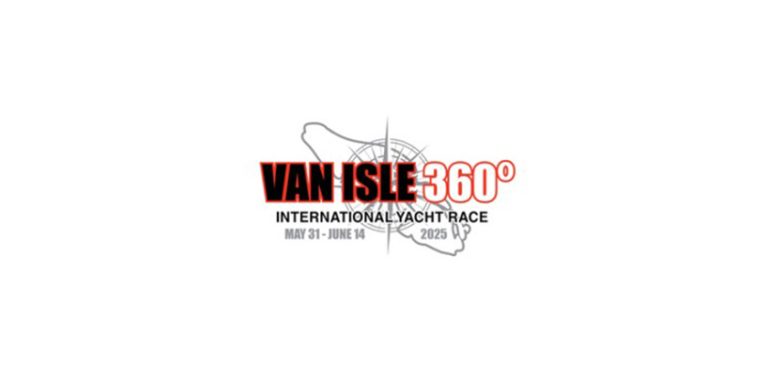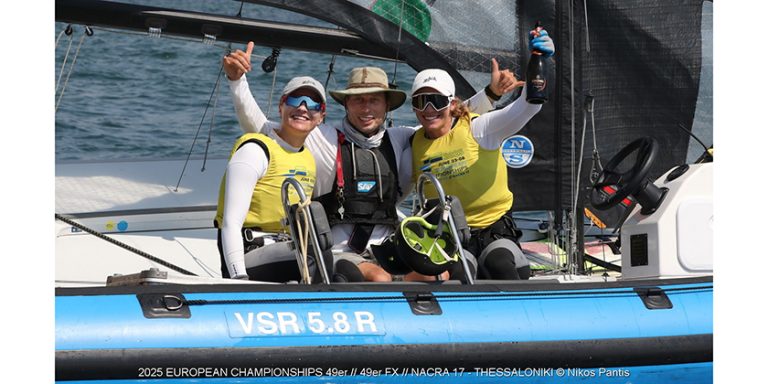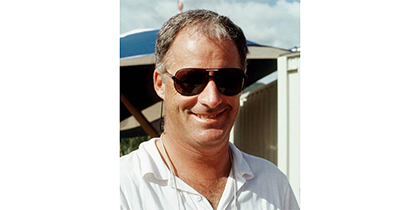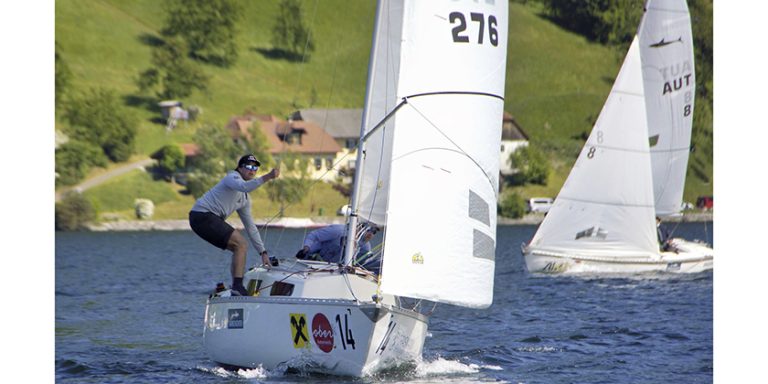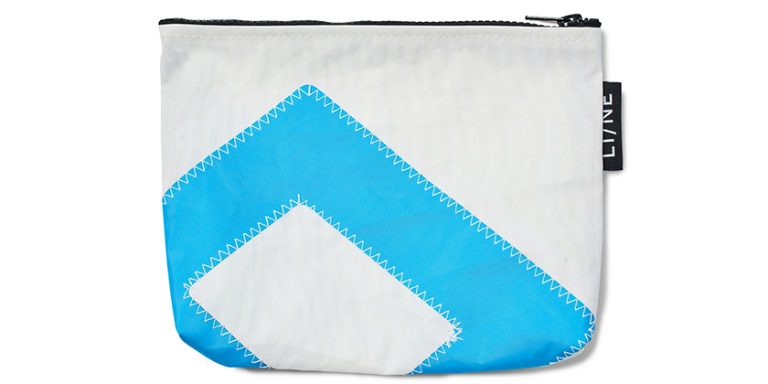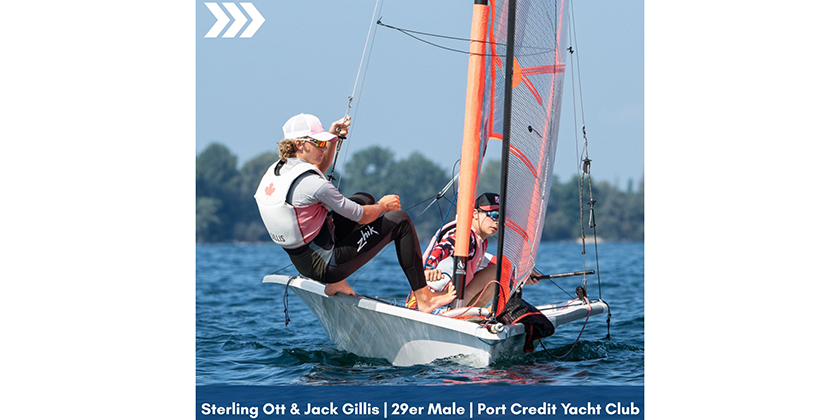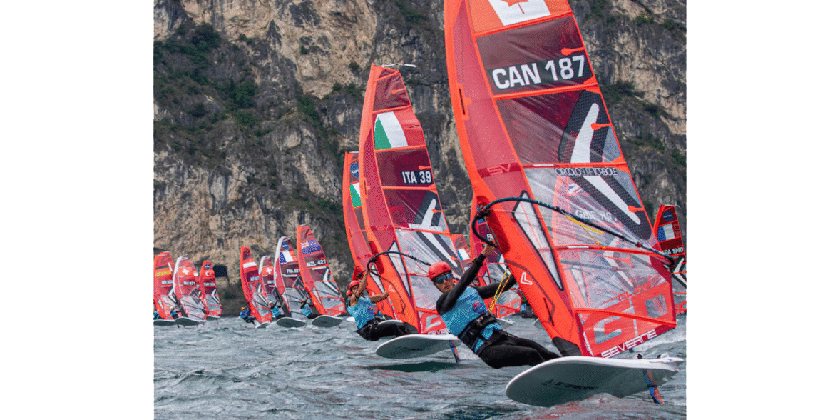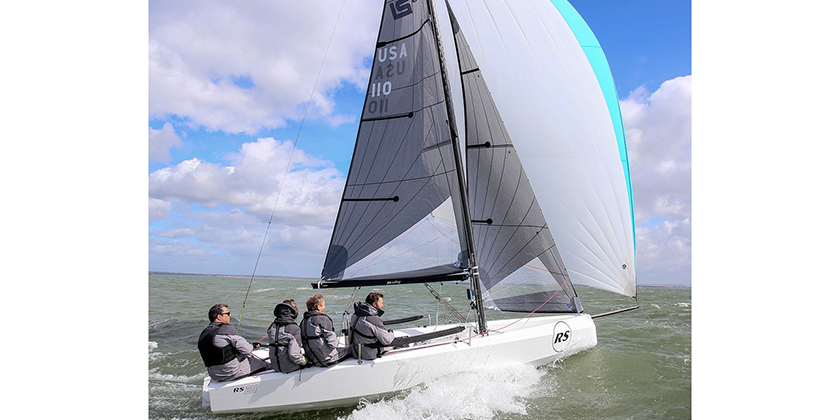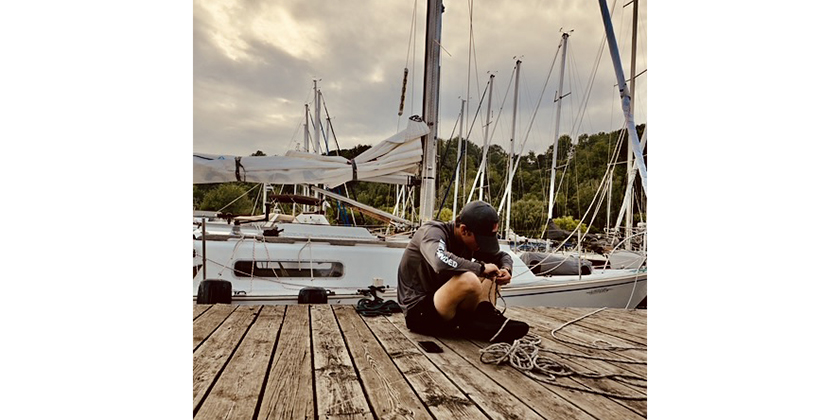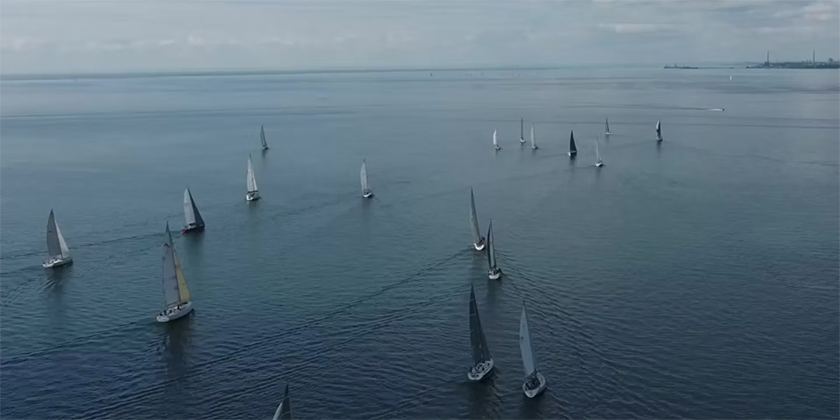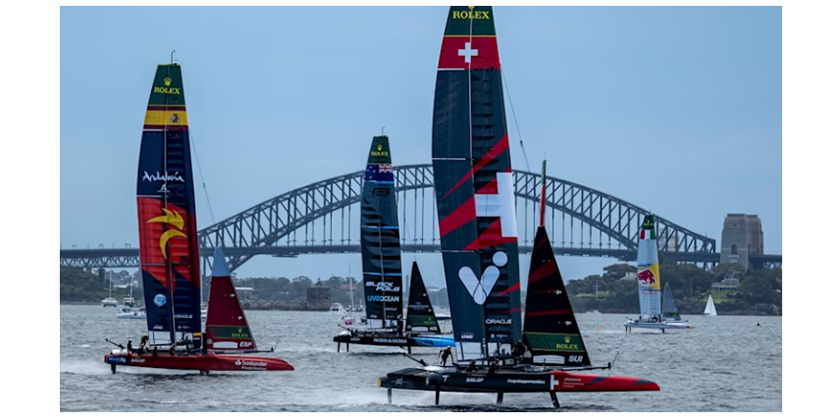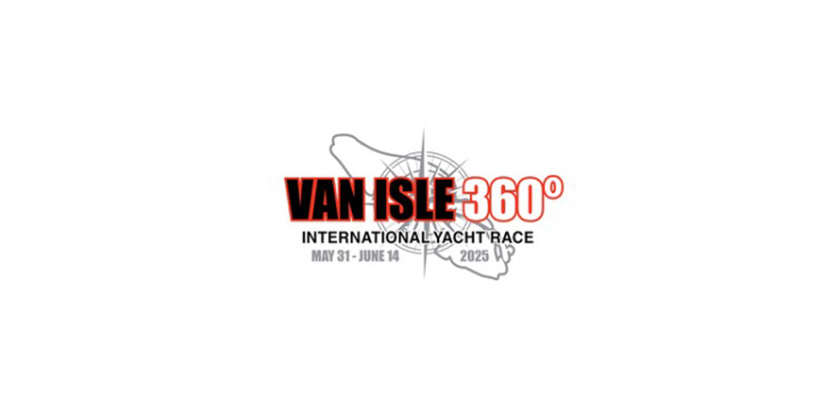The Rules Guy: New Rule Changes for 2021
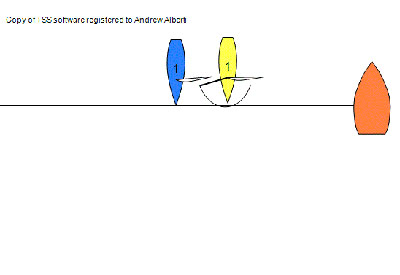
Jan 28, 2021
Happy New Year. It is the beginning of the year after what should have been an Olympic Games year, so it is time for a new Racing Rules of Sailing. The Olympics may have been delayed a year, but the rule book was not. The rules took effect January 1, 2021.
The new book is now available from the World Sailing website and the Sail Canada edition should be available soon. Most of the usual books interpreting the rules are releasing their new editions and will be available through the usual chandleries and bookstores. There is a great summary of the changes written by Dave Perry and available on the US Sailing Website.
This also means a new stream of articles from me on the changes. Most of my articles focus on the right-of-way rules (Part 2 of the Racing Rules of Sailing). This month, though, I will focus on changes in other areas. There are several small changes in the right-of-way rules and we will cover some of them in the next article, but I don’t believe they will make much difference to most sailors while racing.
The first two changes covered here make a significant difference to racers and to race committees. Given our increased pool of volunteer race committees, this may be important to more people.
Let us begin with the start. Until this year, a boat started when any part of “her hull, crew or equipment” crossed the starting line after the starting signal. With changes to the definition of start and rule 29.1 Recalls and the Starting Penalties, Rules 30.1, 30.2, 30.3 and 30.4, only the hull is considered. A crew member on a trapeze can be over the line. On a downwind start, the spinnaker can be over the line. This makes it easier for race committees, who now only have to look at the hulls. It also may look forward to a day when some form of electronic tracker is placed on the bow and used to determine who is “On Course Side”.
The same change was made in the definition of Finish. Previously, crew or equipment in normal position crossing the line counted as finishing. Some people would ease their spinnaker sheets to get over the line earlier. The Race Committee would have to judge whether the spinnaker was “in normal position”, so the spinnaker counted, or not “in normal position”, so it did not. In the diagram, Yellow had finished under the 2017-2020 rules but not under the 2021-2024 rules. Blue has finished under both sets of rules. This now means that a race officer watching a finish line can watch only the hulls. Match Racers may recognize this, since it has been true in match racing for the past five years.
Note, however, that the change a reliance on the position of the hull alone applies only to starting and finishing. Many other rules are not affected. Overlaps are still based on “hull and equipment” in proper position, even though size of the zone is based on “hull lengths”. Touching a mark is based on the “boat” touching the mark and the “boat” includes the equipment and crew.
A new definition has been added: “sail the course”. Its meaning and much of the language are drawn from the old rule 28.2. Now that it is a definition, though, it can be used in some other rules, such as the definition of proper course. This makes it clear that your proper course is to “sail the course” and “finish as soon as possible” instead of just “finish as soon as possible” which might have meant to sail directly to the finish while skipping some marks. “Sail the course” is used in Appendix A5.1 as well. This is significant. A race committee can now score a boat “NSC” or “Did not sail the course” without a protest and without a hearing. Previously if the race committee saw that a boat did not sail around the correct marks, they could protest the boat, but they had to score the boat as finishing. Now they can score a boat NSC. If the boat disagrees, she can request redress.
There is a new race signal code flag V (White background with a Red X). It goes along with a new rule 37, Search and Rescue Instructions. It instructs competitors and support vessels to monitor the race committee communications channel for search and rescue instructions. For youth and dinghy regattas, this probably applies mainly to coaches.
There is an old joke that says, “If you want to keep something secret from sailors, publish it in the Sailing Instructions, if you want to keep it really secret, publish it in the Notice of Race”. There are some changes here as well. Several things that used to have to be in both, now need only be in one. Some races use the collision regulations instead of the racing rules, particularly at night. This must be specified in the Notice of Race (preamble to Part 2). Changes to the class rules must now be in the Notice of Race (rule 87). When a race passes from waters governed by one national authority to waters governed by another, the notice of race must specify whose prescriptions apply to that race (rule 88.1). Appendix J, which is the guidance for the Notice of Race and Sailing Instructions, now says, “A rule in the notice of race need not be repeated in the sailing instructions.” Rule J2.1, which lists what has to be contained in the Sailing Instructions says, “Unless included in the notice of race, the sailing instructions shall include the following…”
We shall have to wait and see if this makes it more or less easy to earn a DSQ by skipping your pre-race reading, so I’ll stick with my long-held advice: “It really is a good idea to read the Notice of Race.”
Finish A boat finishes when, after starting, any part of her hull, or crew or equipment in normal position, crosses the finishing line from the course side.
However, she has not finished if after crossing the finishing line she
(a) takes a penalty under rule 44.2,
(b) corrects an error in sailing the course under rule 28.2 made at the line, or
(c) continues to sail the course sail the course.
Proper Course A course a boat would choose in order sail to sail the course and finish as soon as possible in the absence of the other boats referred to in the rule using the term. A boat has no proper course before her starting signal.
Sail the Course A boat sails the course provided that a string representing her track from the time she begins to approach the starting line from its prestart side to start until she finishes, when drawn taut,
(a) passes each mark of the course for the race on the required side and in the correct order,
(b) touches each mark designated in the sailing instructions to be a rounding mark, and
(c) passes between the marks of a gate from the direction of the course from the previous mark.
Start A boat starts when, her hull having been entirely on the pre-start side of the starting line at or after her starting signal, and having complied with rule 30.1 if it applies, any part of her hull, crew or equipment crosses the starting line from the pre-start side to the course side in the direction of the first mark.
28 SAILING THE RACE COURSE
28.1 A boat shall start, sail the course described in the sailing instructions and then finish. While doing so, she may leave on either side a mark that does not begin, bound or end the leg she is sailing. After finishing she need not cross the finishing line completely.
28.2 A boat may correct any errors in sailing the course, provided she has not crossed the finishing line to finish. A string representing a boat’s track from the time she begins to approach the starting line from its pre-start side to start until she finishes shall, when drawn taut,
(a) pass each mark on the required side and in the correct order,
(b) touch each rounding mark, and
(c) pass between the marks of a gate from the direction of the course from the previous mark.
She may correct any errors to comply with this rule, provided she has not finished.
29 RECALLS
29.1 Individual Recall
When at a boat’s starting signal any part of her hull, crew or equipment is on the course side of the starting line or she must comply with rule 30.1, the race committee shall promptly display flag X with one sound. The flag shall be displayed until the hull of each such boat has been completely on all such boats have sailed completely to the pre-start side of the starting line or one of its extensions, and until all such boats have complied with rule 30.1 if it applies, but no later than four minutes after the starting signal or one minute before any later starting signal, whichever is earlier. If rule 29.2, 30.3 or 30.4 applies this rule does not.
30 STARTING PENALTIES
30.1 I Flag Rule
If flag I has been displayed, and any part of a boat’s hull, crew or equipment is on the course side of the starting line or one of its extensions during the last minute before her starting signal, she shall sail across an extension to so that her hull is completely on the prestart side before she starts starting.
30.2 Z Flag Rule
If flag Z has been displayed, no part of a boat’s hull, crew or equipment shall be in the triangle formed by the ends of the starting line and the first mark during the last minute before her starting signal. If a boat breaks this rule and is identified, she shall receive, without a hearing, a 20% Scoring Penalty calculated as stated in rule 44.3(c). She shall be penalized even if the race is restarted or resailed, but not if it is postponed or abandoned before the starting signal. If she is similarly identified during a subsequent attempt to start the same race, she shall receive an additional 20% Scoring Penalty.
(note “crew or equipment is deleted from rule 30.3 U Flag Rule and 30.4 Black Flag Rule as well)
37 SEARCH AND RESCUE INSTRUCTIONS
When the race committee displays flag V with one sound, all boats and official and support vessels shall, if possible, monitor the race committee communication channel for search and rescue instructions.
A5 SCORES DETERMINED BY THE RACE COMMITTEE
A5.1 A boat that did not start, sail the course or finish, or comply with rule 30.2, 30.3, 30.4 or 78.2, or that retires or takes a penalty under rule 44.3(a), shall be scored accordingly by the race committee without a hearing. Only the protest committee may take other scoring actions that worsen a boat’s score.
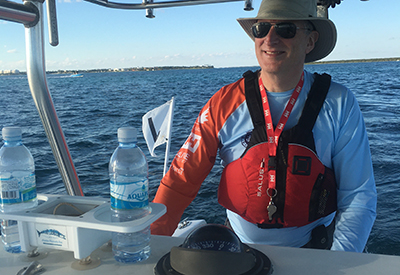 Andrew Alberti is a National Judge and National Umpire. He is a member of the Sail Canada Rules and Appeals Committees. Send your questions to Andrew at kyrules@alberti.ca.
Andrew Alberti is a National Judge and National Umpire. He is a member of the Sail Canada Rules and Appeals Committees. Send your questions to Andrew at kyrules@alberti.ca.

